
Welcome to the homepage of the lecture
Correspondence Problems in Computer Vision
Summer Term 2008
Home
About Us
People
Teaching
Research
Publications
Awards
Links
Contact
Internal
Correspondence Problems in Computer Vision
Lecturer:
Dr. Andrés Bruhn
Office hours: Friday, 14:15 - 15:15.
Summer Term 2008
Lectures (2h) with programming/theoretical exercises (2h)
(6 credit points)
Lectures: Wednesday 14-16 c.t., Building E1.3, Lecture Hall 1
First lecture: Wednesday, April 16, 2008.
Tutorials: 2 hours each week, Thursday 16-18 c.t.
Turorials: Building E1.3, Lecture Hall 3 (theory)
Turorials: Building E2.4 (math building), Cip-Pool U009 (programming)
First tutorial: Thursday, April 24, 2008.
Prerequisites – Synopsis – Planned Contents – Assignments – References
Example - Stereo Reconstruction
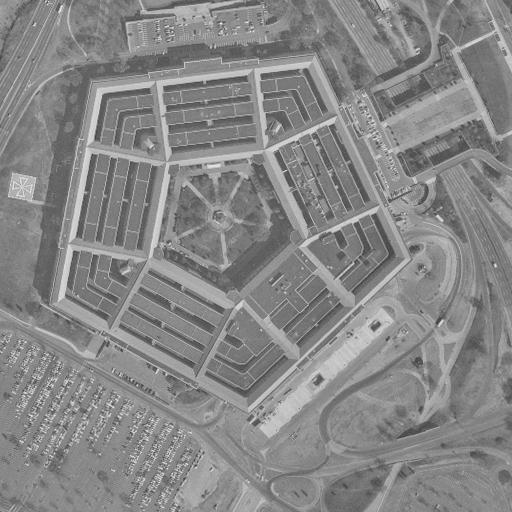
|
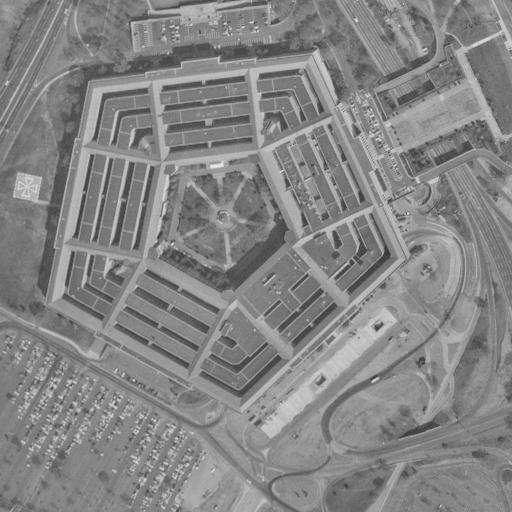
|
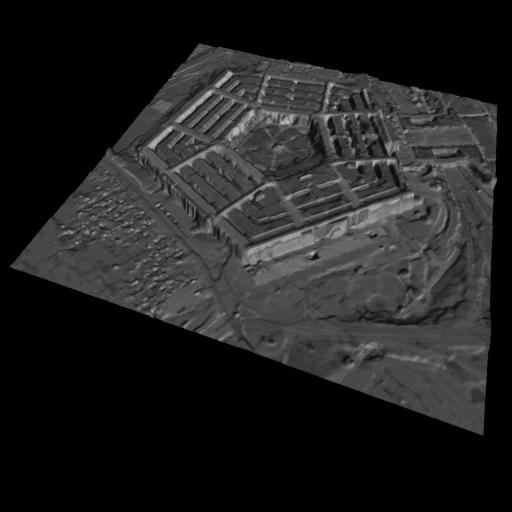
|
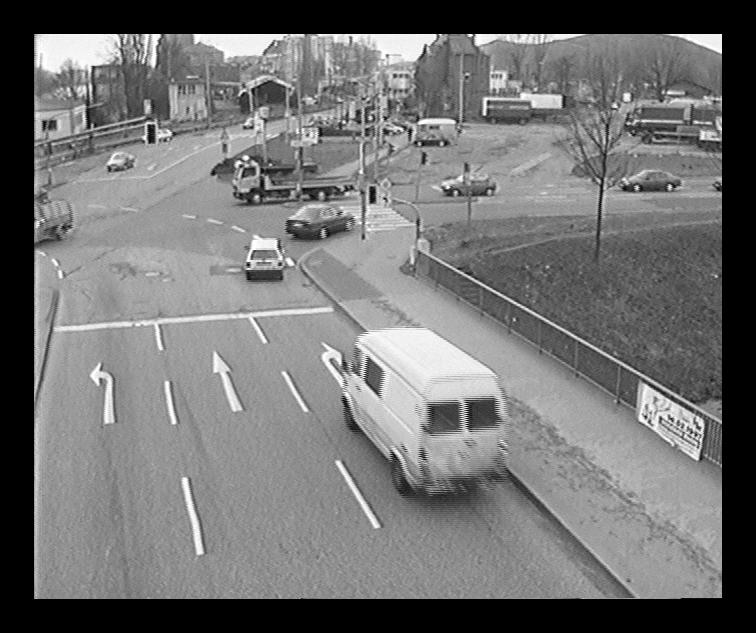
|
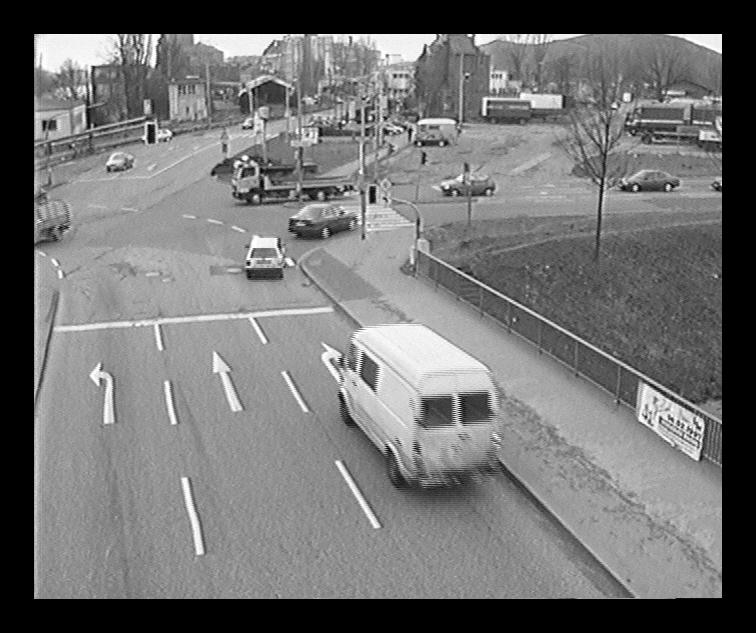
|
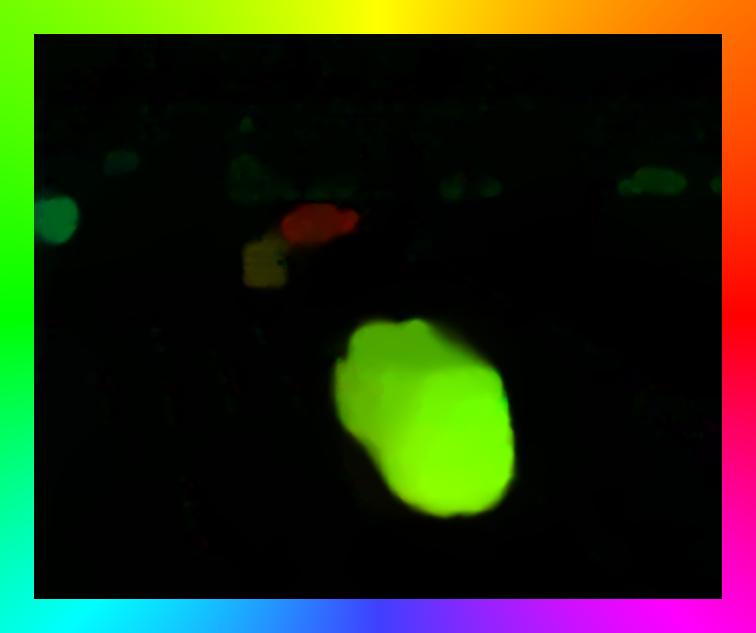
|
Requires undergraduate knowledge in mathematics (e.g. ''Mathematik für Informatiker I-III'') . Knowledge in image processing or differential equations is useful. The lectures will be given in English.
Correspondence problems are a central topic in computer vision. Thereby,
one is interested in identifying and matching corresponding
features in different images/views of the same scene. Typical corresondence
problems are the estimation of motion information from consecutive frames
of an image sequence (optic flow), the reconstruction of a 3-D scene from
a stereo image pair and the registration of medical image data from
different image acquisition devices (e.g. CT and MRT). Central
part of this lecture is the discussion of the most important correspondence
problems as well as the presentation of suitable algorithms for solving them.
This class is particularly useful for those students who wish to
to pursue a diploma or master thesis in our group in the field of
computer vision.
Programming excercises and theoretical assignments are offered as part of the tutorials.
The regular attendence of these excercises is requirement for admission to
the exam.
Depending on the numer of participants written or oral exams will take place.
The second chance exams is only available for those students who failed the first exam, or who did not take part in the first exam.
There is no specific book that covers the complete content of this class. Many lectures will be based on articls from journals and conferences. However, the following three books cover most topics:
- Optic Flow
A. Bruhn: Variational Optic Flow Computation: Accurate Modeling and Efficient Numerics.
Ph.D. Thesis, 2006. Available from /bruhn/PhDThesis.pdf
- Stereo Reconstruction
O. Faugeras and Q.-T. Luong: The Geometry of Multiple Images. MIT Press, 2001.
- Medical Image Registration
J. Modersitzki: Numerical Methods for Image Registration. Oxford Press, 2003.
MIA Group
©2001-2023
The author is not
responsible for
the content of
external pages.
Imprint -
Data protection